Home>Gardening & Outdoor>Landscaping Ideas>How Long To Stay Off Grass After Pesticide
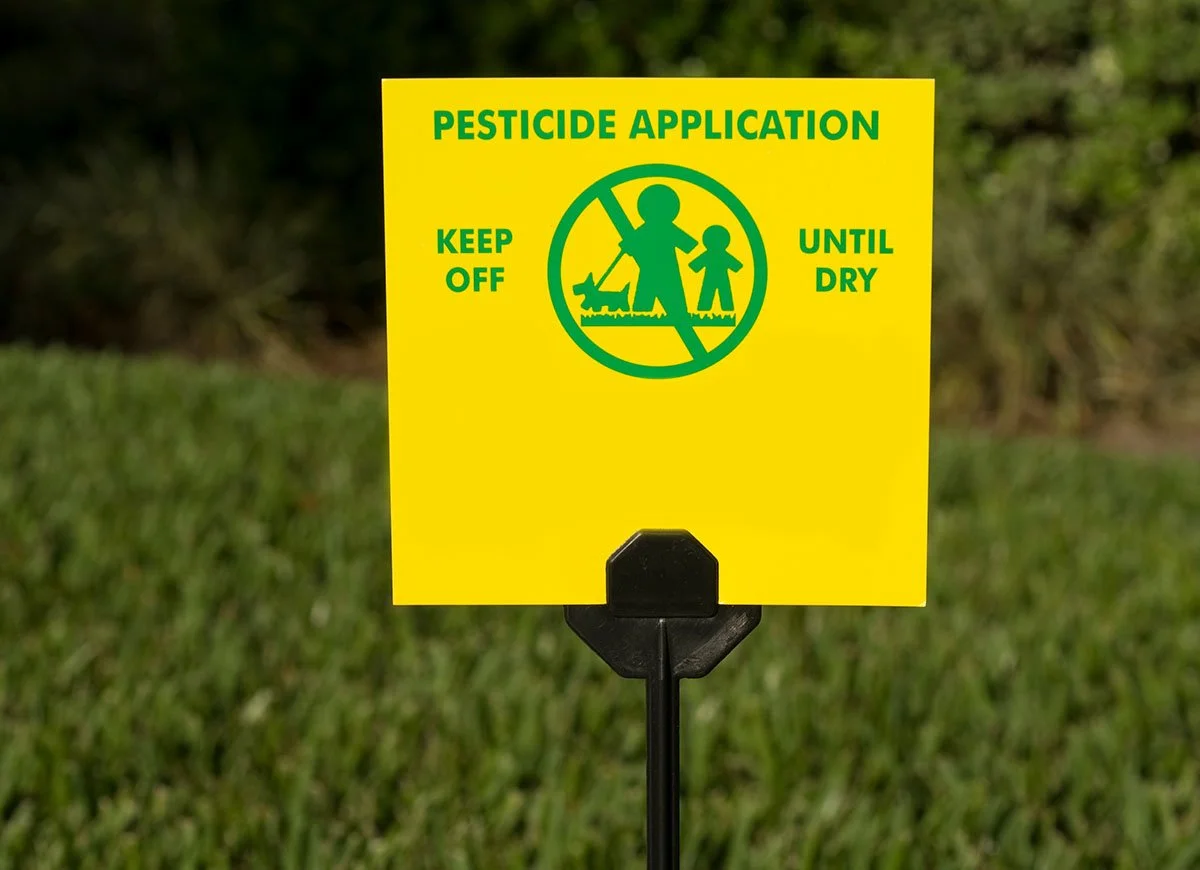

Landscaping Ideas
How Long To Stay Off Grass After Pesticide
Modified: February 18, 2024
Discover the best landscaping ideas for staying off grass after pesticide application. Learn how long to wait before enjoying your lawn again. Helpful tips for a healthy, pesticide-treated lawn.
(Many of the links in this article redirect to a specific reviewed product. Your purchase of these products through affiliate links helps to generate commission for Storables.com, at no extra cost. Learn more)
Introduction
When it comes to maintaining a lush, vibrant lawn, the use of pesticides is often a necessary step in warding off unwanted pests and promoting healthy grass growth. However, the application of pesticides raises an important question for homeowners and garden enthusiasts: how long should one stay off the grass after pesticide treatment? This concern stems from the desire to ensure the safety of both humans and pets while also preserving the effectiveness of the pesticide.
In this comprehensive guide, we will delve into the intricacies of pesticide application and its impact on grass, exploring the various factors that influence the duration of time one should abstain from walking on treated grass. By understanding the nuances of pesticide types, environmental conditions, and recommended safety measures, you can make informed decisions to safeguard your lawn and well-being. Let's embark on this enlightening journey to uncover the optimal approach for navigating post-pesticide application periods.
Key Takeaways:
- Wait times for returning to treated grass vary based on the type of pesticide used, ranging from 12 to 48 hours. It’s important to follow specific guidelines for each type to ensure safety and effectiveness.
- After the wait period, take precautions like wearing closed-toe shoes, keeping pets and children away, and practicing good hygiene to minimize risks when returning to treated grass. These measures support safety and the health of the grass.
Read more: How Long To Stay Off Grass After Fertilizing
Understanding Pesticides and Their Effects on Grass
Pesticides are chemical or biological substances designed to manage, control, or eliminate pests that pose a threat to plants, including grass. These pests may encompass insects, weeds, fungi, or other organisms that can impede the healthy growth of grass and compromise the overall vitality of a lawn. When applied correctly, pesticides can effectively target and mitigate these nuisances, bolstering the resilience and aesthetic appeal of the grass.
However, it is essential to recognize that pesticides, by their nature, introduce potent compounds into the environment. While these substances are formulated to target specific pests, they can also impact other organisms and ecosystems if not used judiciously. When pesticides come into contact with grass, they can elicit various responses depending on the type of pesticide, concentration, and application method. Some pesticides may be designed to be absorbed by the grass to combat specific issues, while others may remain on the surface to deter pests from infesting the area.
The effects of pesticides on grass can range from promoting growth and resilience to potentially causing temporary stress or discoloration. Understanding the dynamics between pesticide application and its repercussions on grass is pivotal in determining the appropriate duration for staying off the treated area. By comprehending the mechanisms through which pesticides interact with grass, you can discern the optimal strategies for preserving the health and appearance of your lawn while upholding safety standards for human and animal contact.
Factors Affecting How Long to Stay Off Grass After Pesticide Application
The duration for which one should refrain from walking on grass after pesticide application is contingent on several key factors. Understanding these variables is crucial for determining the appropriate wait time and ensuring the efficacy of the pesticide treatment. Let’s explore the factors that influence how long individuals should stay off treated grass:
- Type of Pesticide: Different pesticides have varying properties and modes of action. Some pesticides are designed to dissipate quickly, allowing for a shorter re-entry period, while others necessitate a longer interval to ensure safety. Herbicides, insecticides, fungicides, and other specialized formulations each have distinct characteristics that influence the recommended stay-off duration.
- Application Rate and Method: The concentration and method of pesticide application play a pivotal role in determining the post-treatment wait time. Higher application rates may require a longer period for the pesticide to settle and take effect, while certain application methods, such as granular versus liquid application, can influence the time needed for the pesticide to adhere to the grass and achieve optimal coverage.
- Environmental Conditions: Weather and environmental factors, including temperature, humidity, and precipitation, can impact the behavior of pesticides on grass. For instance, high temperatures may expedite the evaporation of certain pesticides, potentially reducing the re-entry interval, while rainy or windy conditions might necessitate an extended wait time to ensure the pesticide remains undisturbed and effective.
- Grass Type and Health: The type and health of the grass being treated also play a role in determining the post-application period. Certain grass species or varieties may exhibit varying sensitivities to specific pesticides, and the overall health and resilience of the grass can influence its ability to recover from the pesticide treatment.
By considering these factors in tandem, homeowners and lawn care practitioners can make informed decisions regarding the optimal duration for staying off treated grass. While adhering to the recommended guidelines for each specific pesticide is paramount, understanding the interplay of these variables can empower individuals to proactively safeguard their grass and mitigate potential risks associated with premature re-entry onto treated areas.
Stay off grass treated with pesticide for at least 24-48 hours, or as directed on the product label. Keep pets and children away during this time to avoid exposure.
Recommended Wait Times for Different Types of Pesticides
Understanding the distinct characteristics of various pesticides is instrumental in determining the appropriate wait times before safely resuming activity on treated grass. Different types of pesticides necessitate specific re-entry intervals to ensure the well-being of individuals, pets, and the efficacy of the treatment. Here are the recommended wait times for different categories of pesticides:
- Herbicides: Herbicides are designed to control or eliminate weeds and unwanted vegetation. Depending on the formulation and active ingredients, the recommended wait time before re-entering treated areas typically ranges from 12 to 48 hours. It is essential to consult the product label or manufacturer’s guidelines for precise re-entry recommendations.
- Insecticides: Insecticides target and manage insect pests that can damage grass and other plants. The re-entry period for insecticide-treated grass varies based on the specific formulation and application method. Generally, individuals should avoid walking on insecticide-treated grass for 12 to 24 hours to minimize potential exposure.
- Fungicides: Fungicides combat fungal diseases that can afflict grass and compromise its health. The recommended wait time for returning to grass treated with fungicides typically ranges from 12 to 24 hours. However, specific products may have unique re-entry guidelines based on their chemical composition and intended use.
- Specialized Formulations: Certain specialized pesticide formulations, such as nematicides and rodenticides, may have distinct re-entry intervals based on their intended targets and chemical properties. It is imperative to adhere to the precise guidelines provided by the product manufacturer to ensure safety and effectiveness.
While these general wait times offer a foundational understanding of re-entry periods for different pesticide categories, it is crucial to consult the product label, accompanying documentation, or the manufacturer for precise and updated guidance. Additionally, local regulations and environmental considerations may influence re-entry recommendations, underscoring the importance of staying attuned to regional guidelines and best practices.
By conscientiously adhering to the recommended wait times for specific pesticide types, individuals can prioritize safety, optimize the efficacy of the treatment, and contribute to the overall well-being of their grass and surrounding environment.
Precautions to Take When Returning to Treated Grass
After the recommended wait period has elapsed, and it is deemed safe to return to the treated grass, it is prudent to observe certain precautions to minimize potential risks and ensure the continued effectiveness of the pesticide treatment. By conscientiously adopting these measures, individuals can safeguard their well-being and contribute to the sustained health of the grass. Here are essential precautions to consider when re-entering treated grass:
- Wear Appropriate Footwear: Upon returning to the treated grass, it is advisable to wear footwear, such as closed-toe shoes or boots, to minimize direct skin contact with the grass and any residual pesticide. This precaution can help prevent potential dermal exposure and reduce the likelihood of tracking pesticide residues indoors.
- Keep Pets and Children Away: To ensure their safety, it is important to restrict pets and children from accessing the treated grass area for an additional period after the recommended re-entry time. This precaution mitigates the risk of accidental ingestion or skin contact with lingering pesticide residues.
- Refrain from Eating or Drinking: While on the treated grass, it is advisable to refrain from consuming food or beverages to prevent inadvertent ingestion of pesticide residues. This measure applies to both individuals and pets and serves as a proactive step to minimize potential exposure.
- Minimize Soil Disturbance: To uphold the integrity of the pesticide treatment, it is prudent to minimize soil disturbance and avoid activities that could disrupt the treated area, such as digging, raking, or aerating, for the specified re-entry period. This precaution helps maintain the efficacy of the pesticide and promotes the sustained health of the grass.
- Practice Good Hygiene: After being on the treated grass, it is advisable to wash hands thoroughly with soap and water to remove any potential pesticide residues. This simple yet crucial hygiene practice reduces the likelihood of inadvertent exposure and supports overall well-being.
By adhering to these precautions, individuals can contribute to a safe and responsible post-application environment, fostering the optimal conditions for the grass to thrive while mitigating potential risks associated with pesticide exposure. Additionally, consulting the product label, manufacturer’s guidelines, and local regulations can provide valuable insights into tailored precautions and best practices specific to the applied pesticide and regional considerations.
By conscientiously adopting these measures, individuals can safeguard their well-being and contribute to the sustained health of the grass.
Read more: How Long To Stay Off Grass After Treatment
Conclusion
As stewards of our lawns and outdoor spaces, the responsible use of pesticides and the subsequent precautions are pivotal in fostering a harmonious balance between pest management, environmental stewardship, and human and pet well-being. Understanding the nuances of pesticide application and the associated wait times for returning to treated grass empowers individuals to make informed decisions that prioritize safety and the sustained health of their lawns.
By comprehending the diverse factors influencing post-treatment intervals, such as the type of pesticide, application methods, environmental conditions, and grass health, homeowners and lawn care practitioners can navigate the post-application period with confidence and prudence. Adhering to the recommended wait times for different types of pesticides, from herbicides to fungicides, is a fundamental step in upholding safety standards and optimizing the efficacy of the treatment.
Moreover, observing essential precautions when re-entering treated grass, such as wearing appropriate footwear, restricting access for pets and children, and practicing good hygiene, further reinforces the commitment to safety and environmental mindfulness. These measures not only minimize potential risks associated with pesticide exposure but also contribute to the long-term health and vitality of the grass and surrounding ecosystem.
As we tread the path of pesticide application and post-treatment care, let us embrace the imperative of informed decision-making, responsible stewardship, and a steadfast dedication to safety. By harmonizing these principles, we can cultivate thriving, resilient lawns while fostering a nurturing environment for all who revel in the beauty of our outdoor spaces.
May our collective efforts in pesticide application and post-treatment precautions serve as a testament to our commitment to the well-being of our grass, our loved ones, and the natural world that surrounds us.
Frequently Asked Questions about How Long To Stay Off Grass After Pesticide
Was this page helpful?
At Storables.com, we guarantee accurate and reliable information. Our content, validated by Expert Board Contributors, is crafted following stringent Editorial Policies. We're committed to providing you with well-researched, expert-backed insights for all your informational needs.
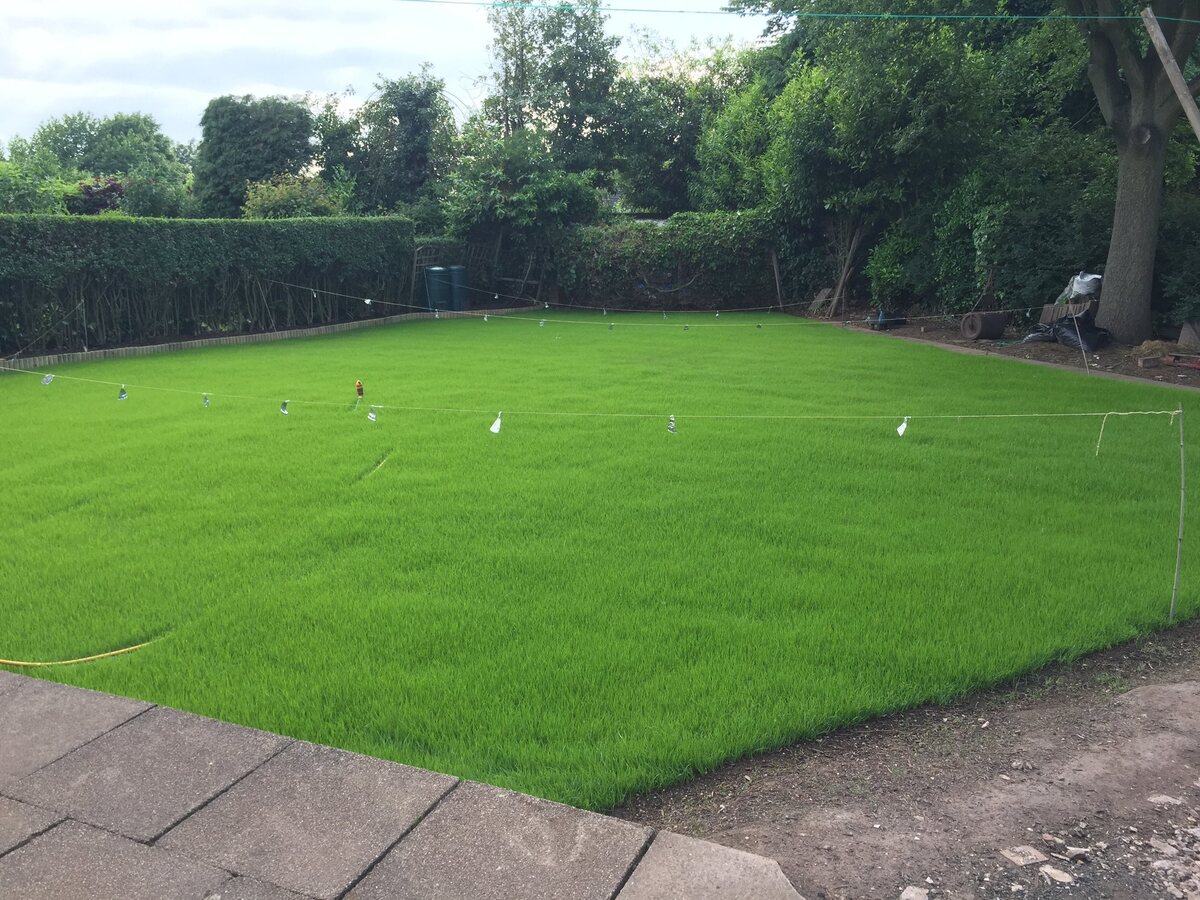
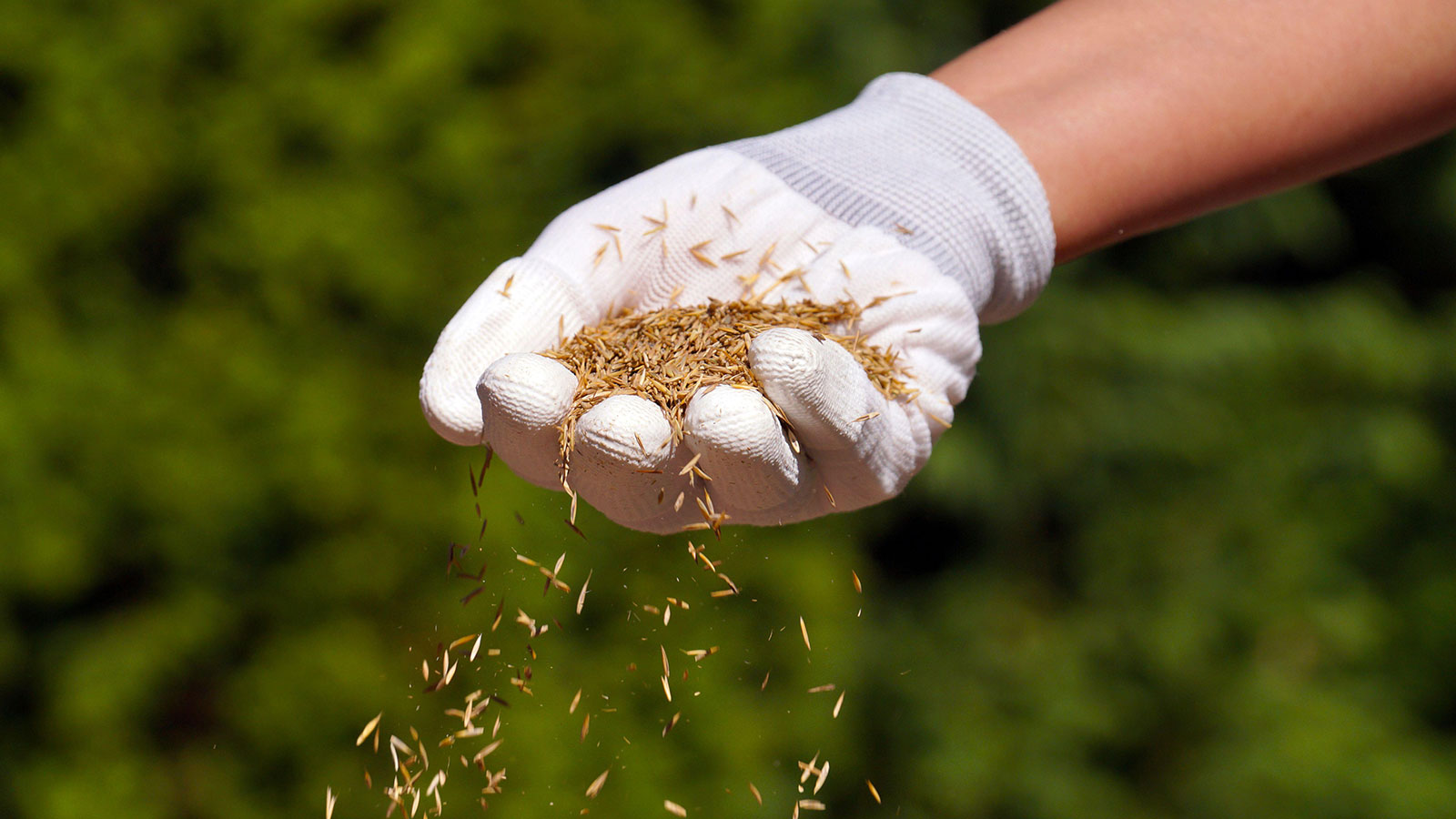
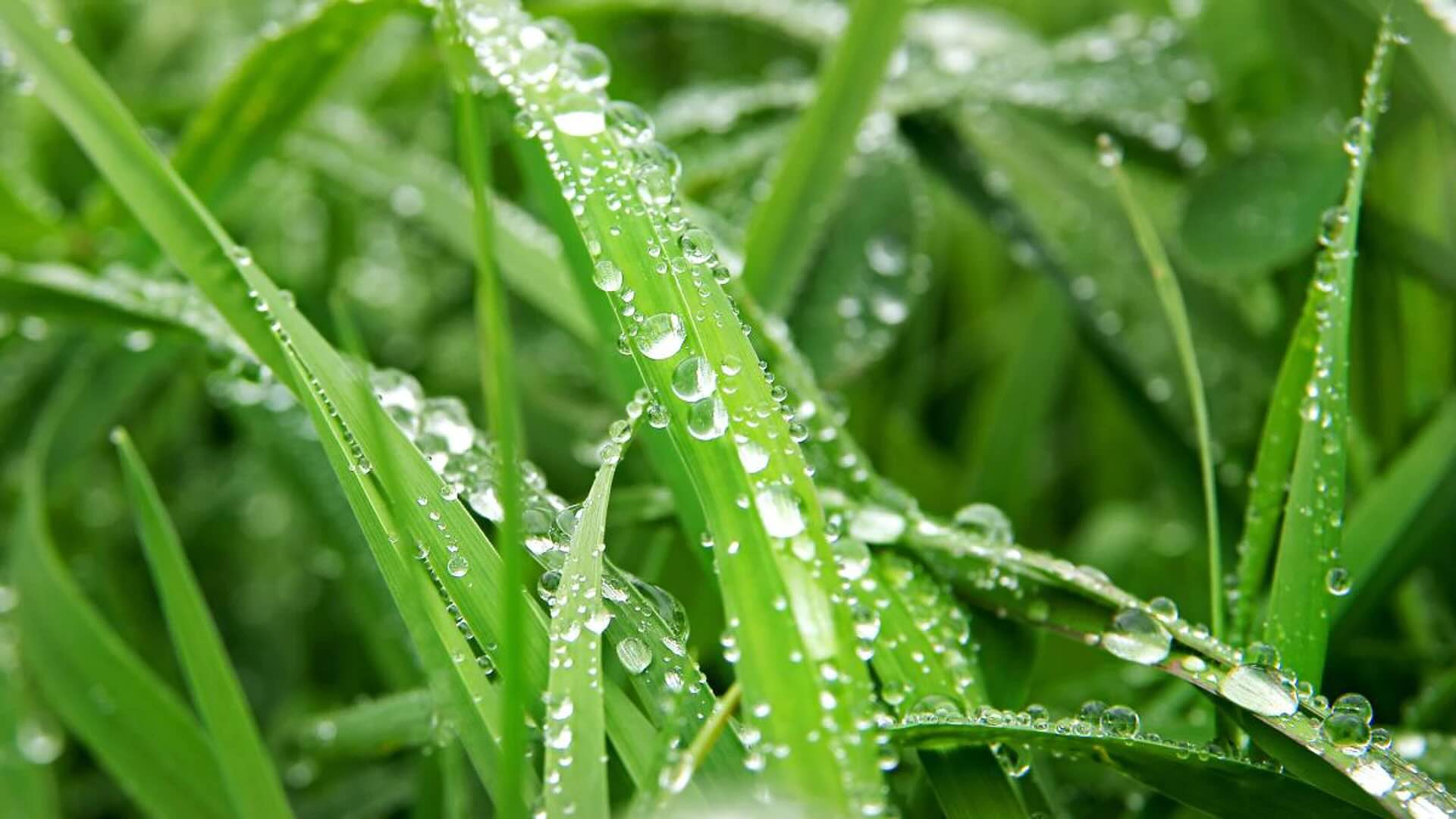
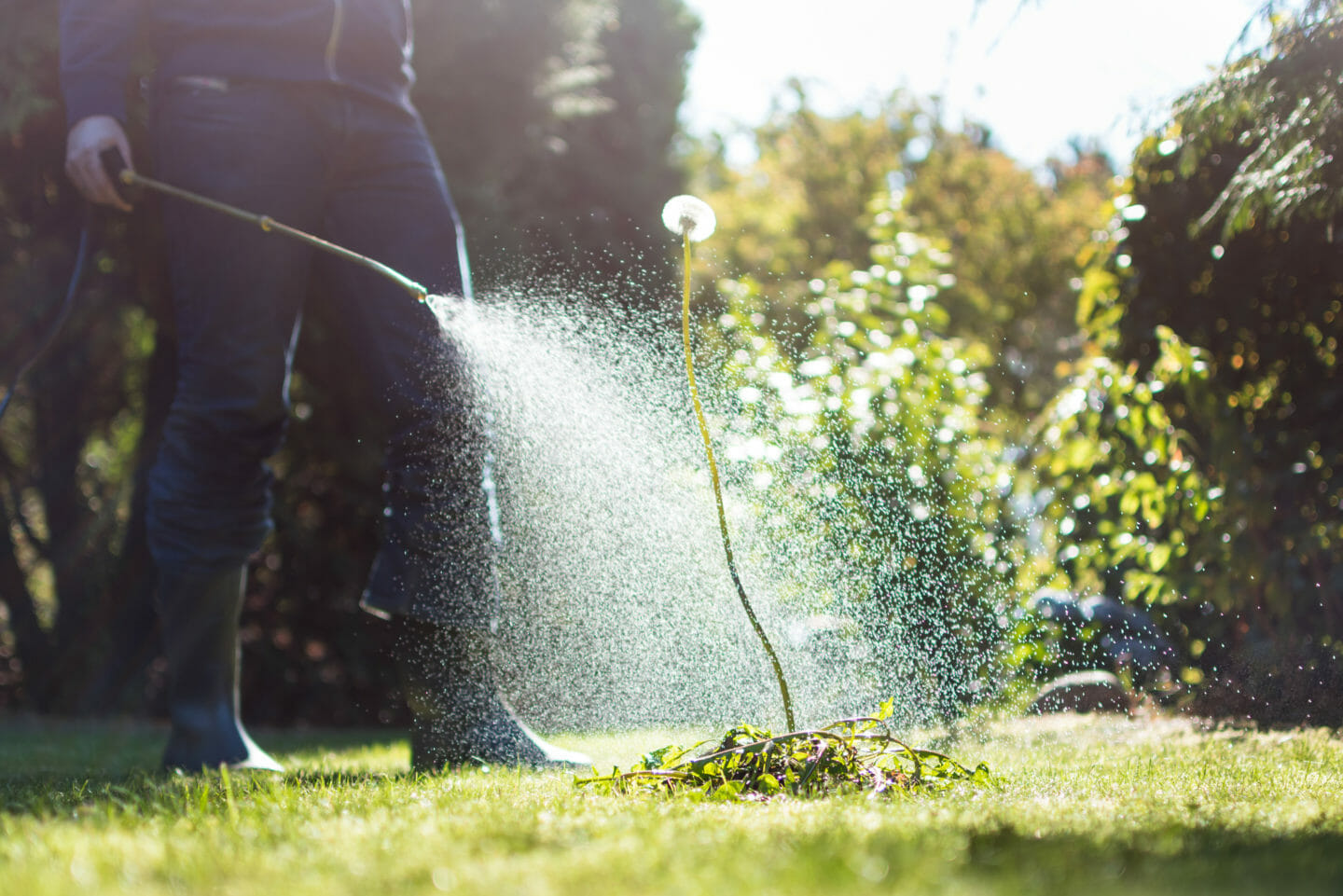

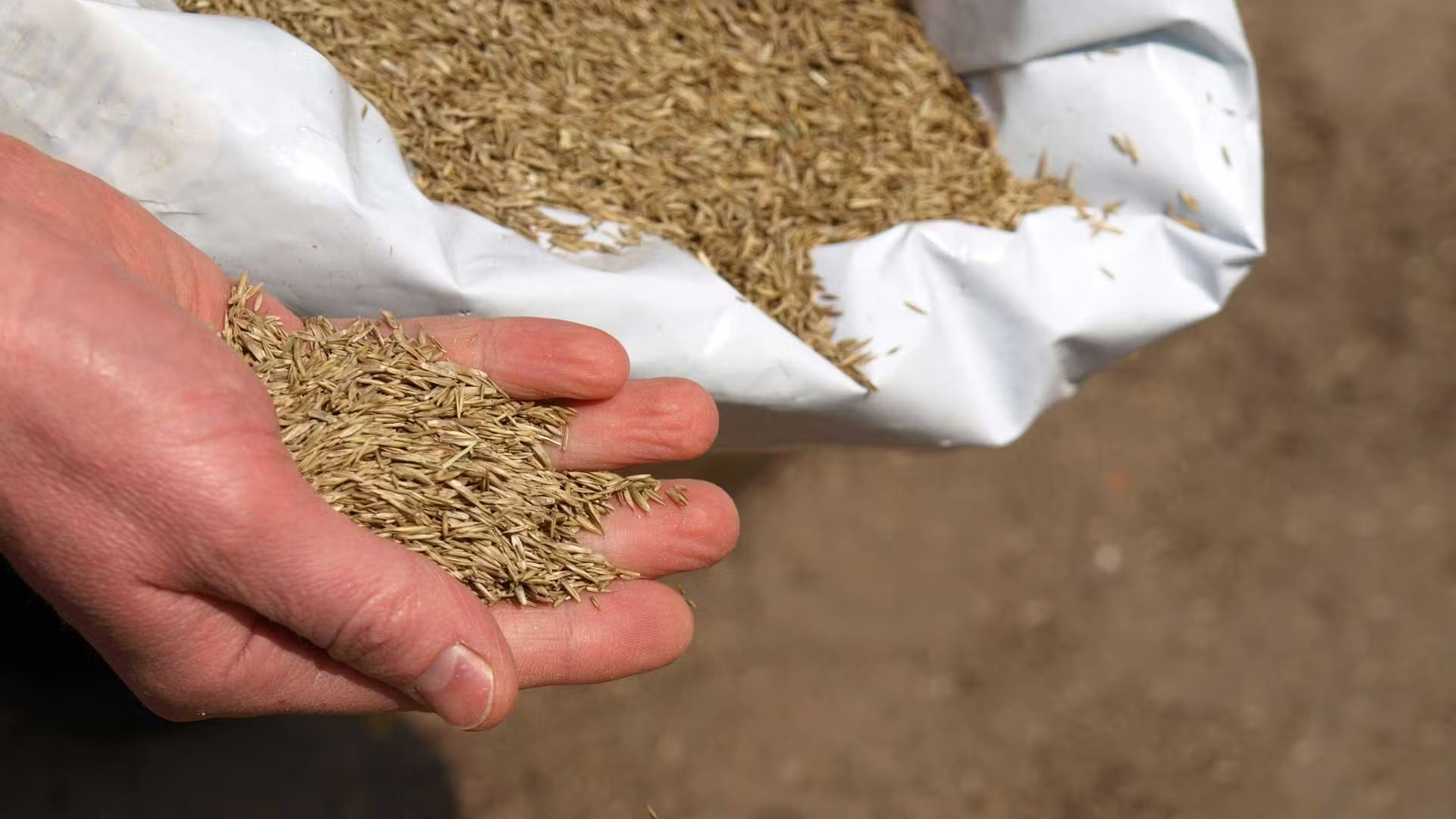
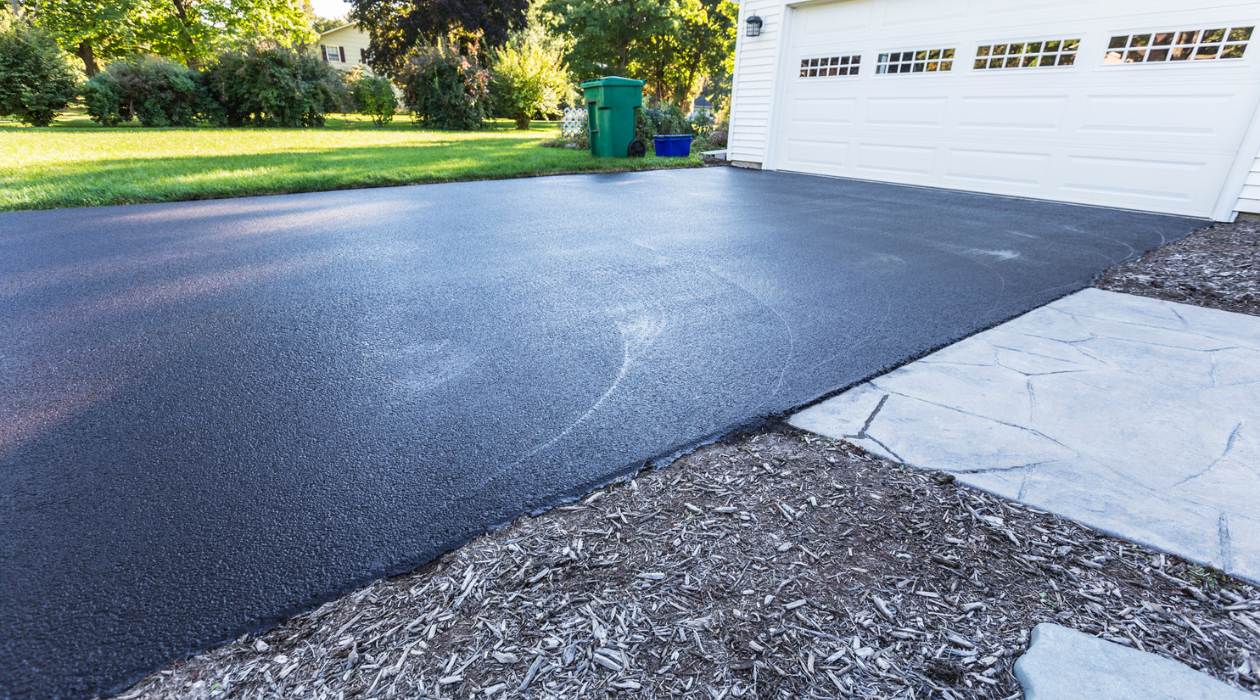
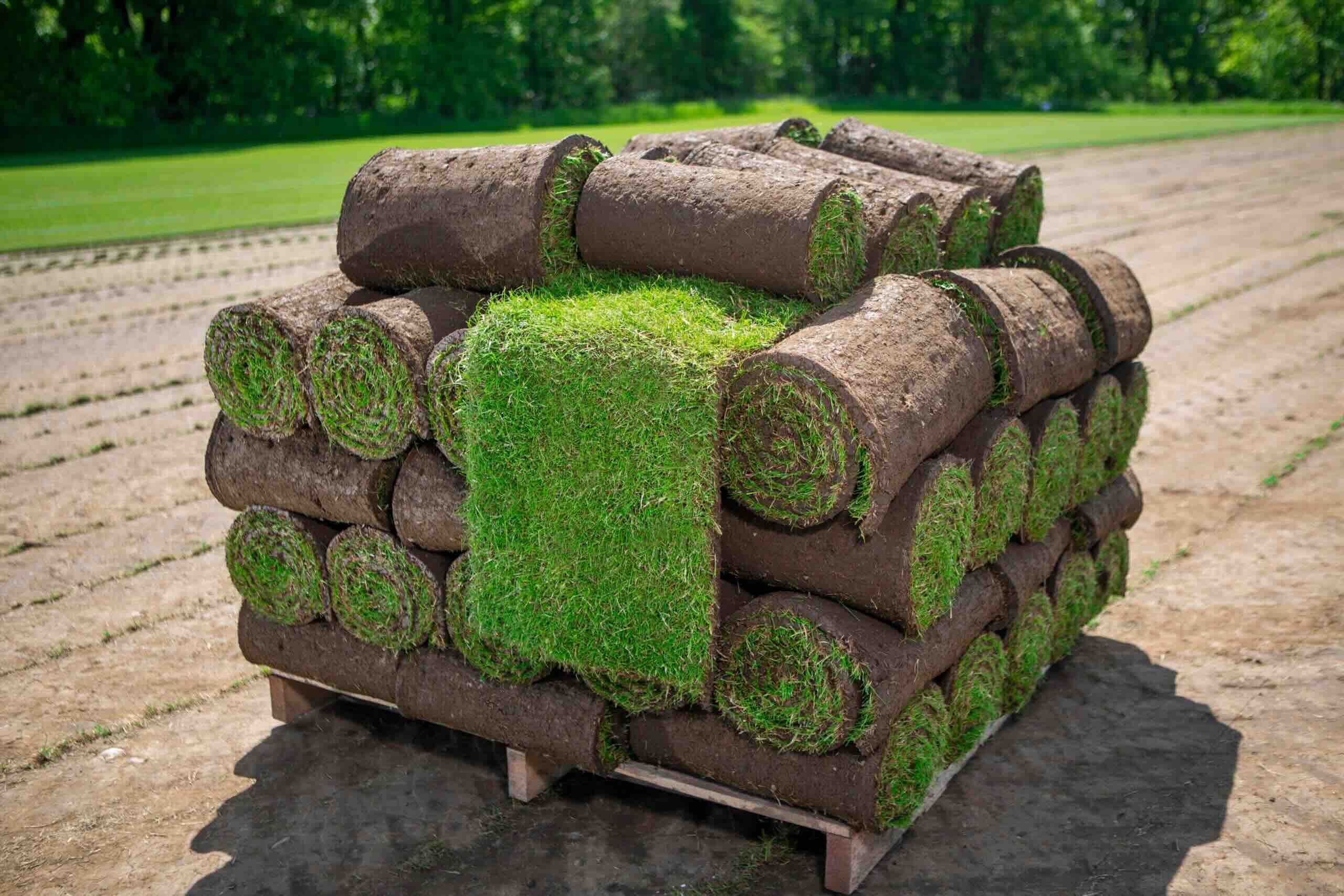
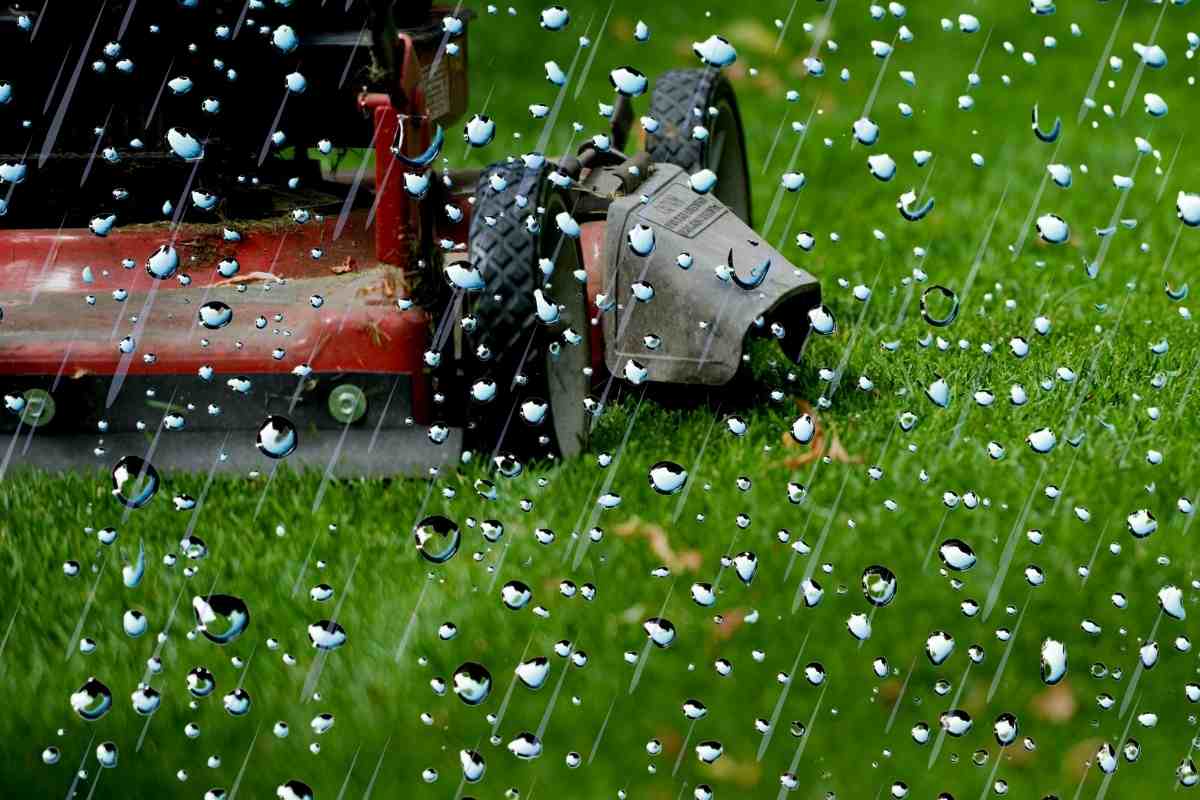
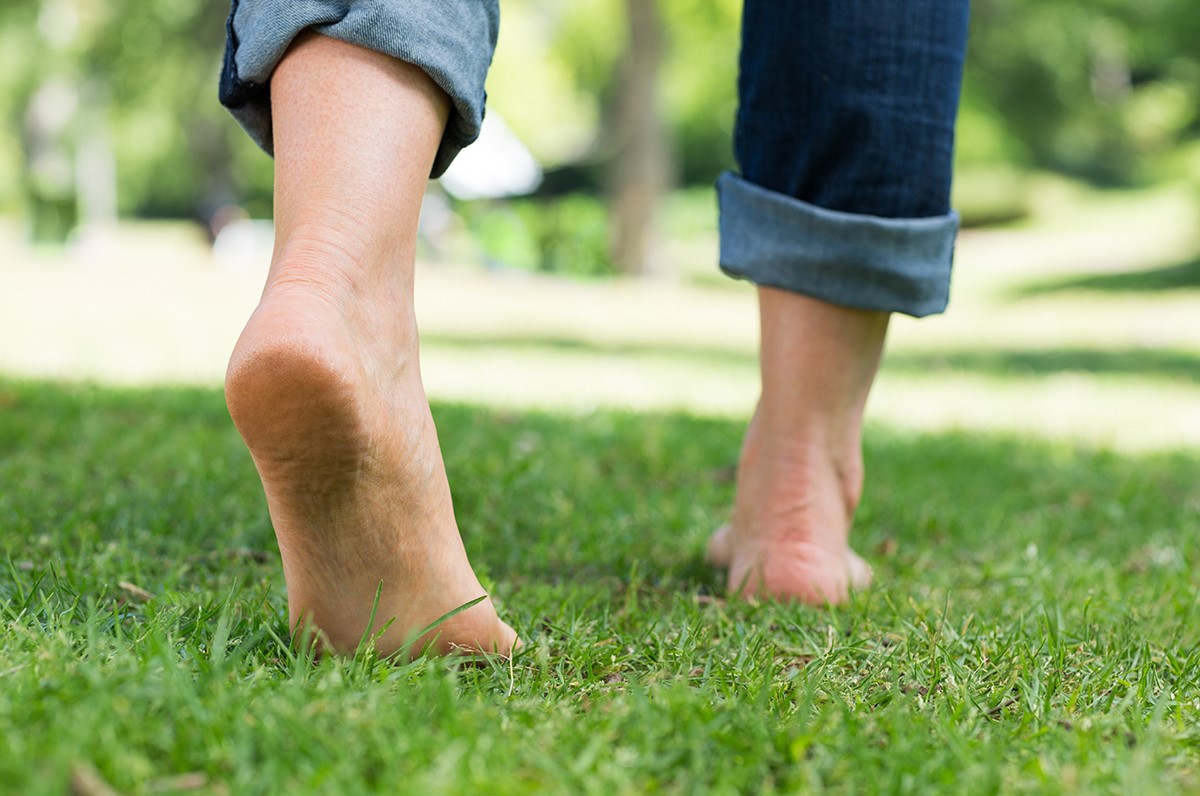
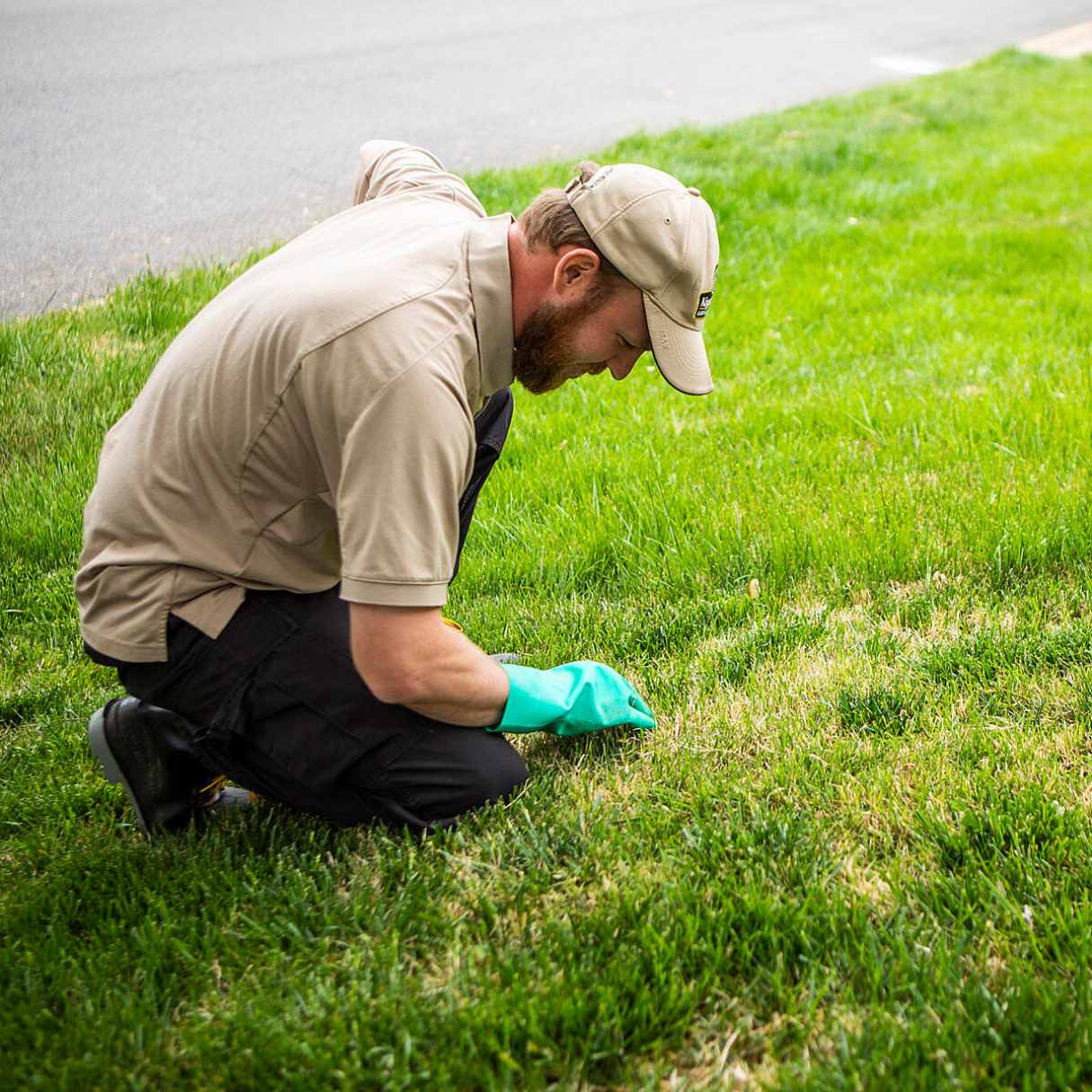
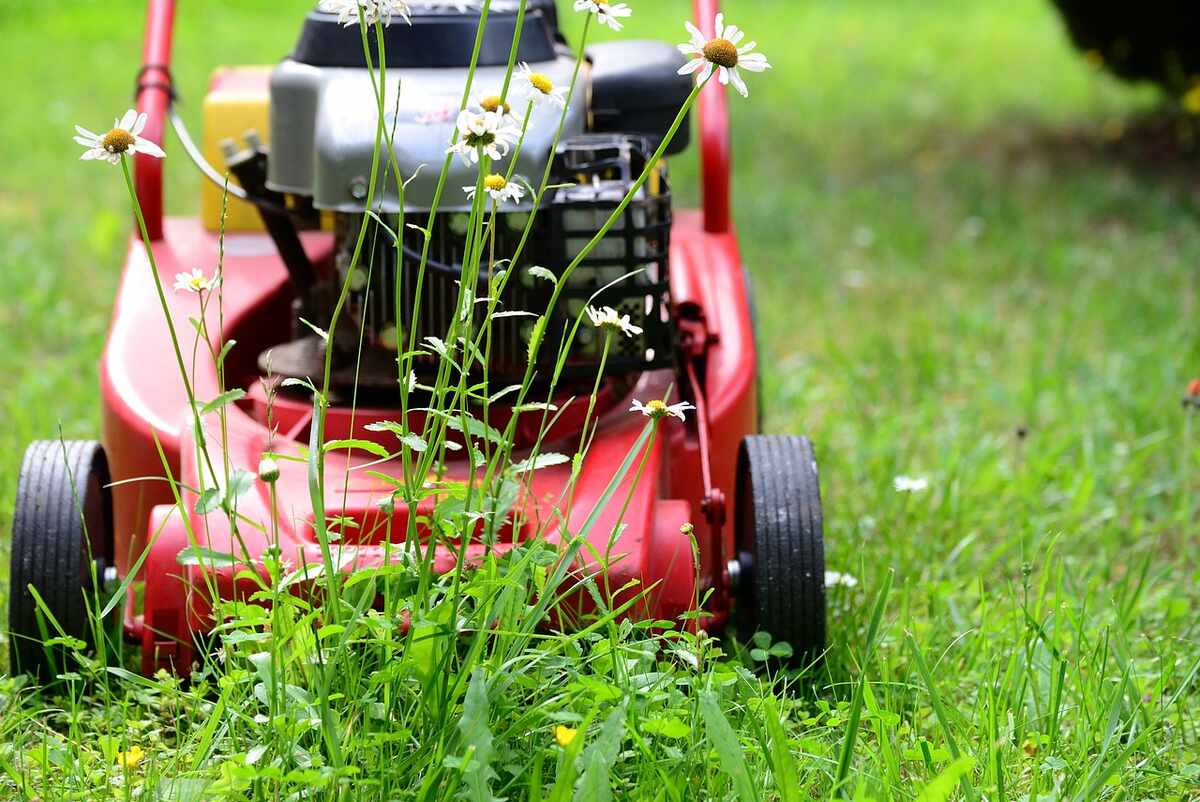
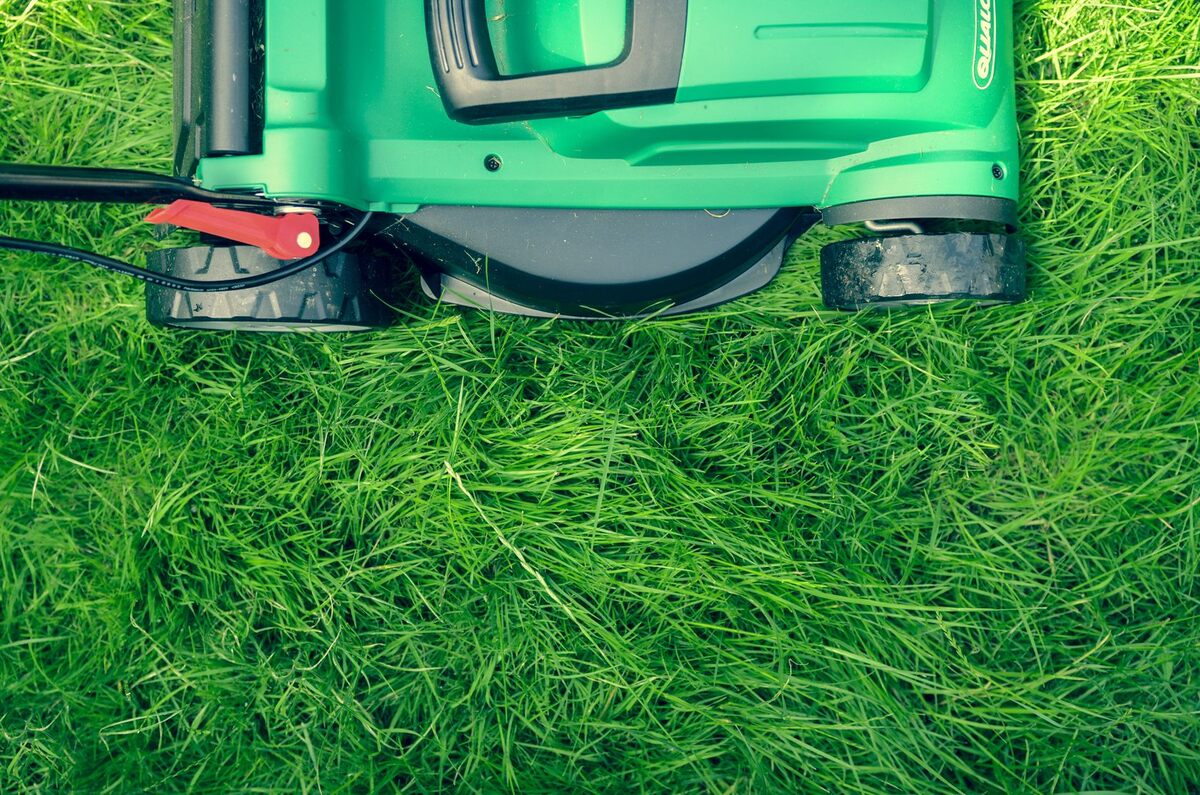
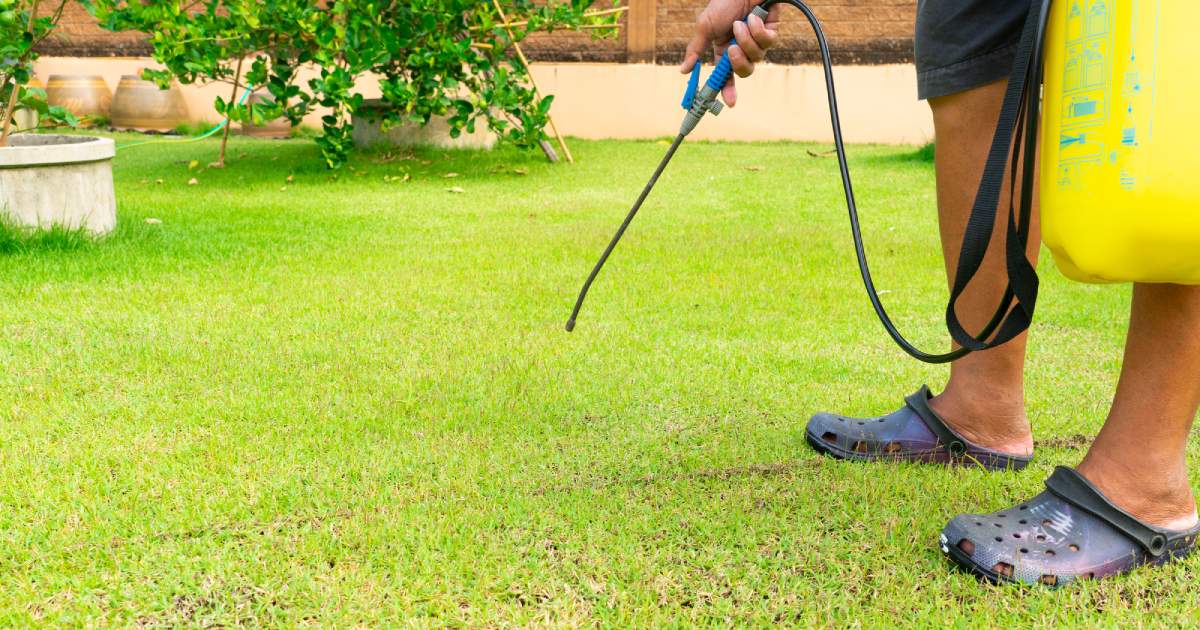

0 thoughts on “How Long To Stay Off Grass After Pesticide”